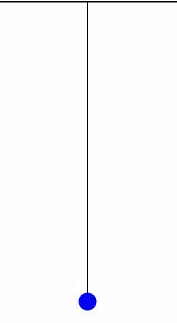METRONOME HISTORY
In the late 16th century the Italian scientist, Galileo Galilei, studied and explored the motion of the pendulum. Eventually, pendulums inspired the invention of a musical pulse machine called the Metronome.
Experimentation determined that varying the location of weights placed on a pendulum produced back-and-forth motion at different speeds, depending on where the weight is placed.
Some of you have seen a Grandfather Clock. The motion of its weighted pendulum regulates its speed. This back-and-forth motion of the pendulum at a constant interval of seconds, powers the gears of the clock, which direct it to keep proper time. Like clocks, metronomes help musicians to keep proper time.
In music terms – intervals of time are measured as Beats per Minute, which are abbreviated as BPM. A metronome setting of 60 BPM measures seconds.
German inventor, Johann Maelzel, is credited with standardizing and manufacturing metronomes called the “Maelzel Metronome.” Composers began to utilize MM as an abbreviation for metronome marking.
Ludwig van Beethoven was one of the first composers to include Maelzel Metronome (MM) speed indications in his music. In 1817, Beethoven placed metronome markings in his first 8 Symphonies.
Advances in technology have improved the accuracy of metronomes. The choice of the exact speed at which to perform a piece of music is based on traditional performance practice and on the performer’s own interpretation.
I’m pretty sure that Beethoven would enjoy the electronic metronomes in use today. Metronomes click, light-up, beep, and some even talk!


Intervals of time are measured as
BEATS per MINUTE.
Click to listen to 60 BPM.





